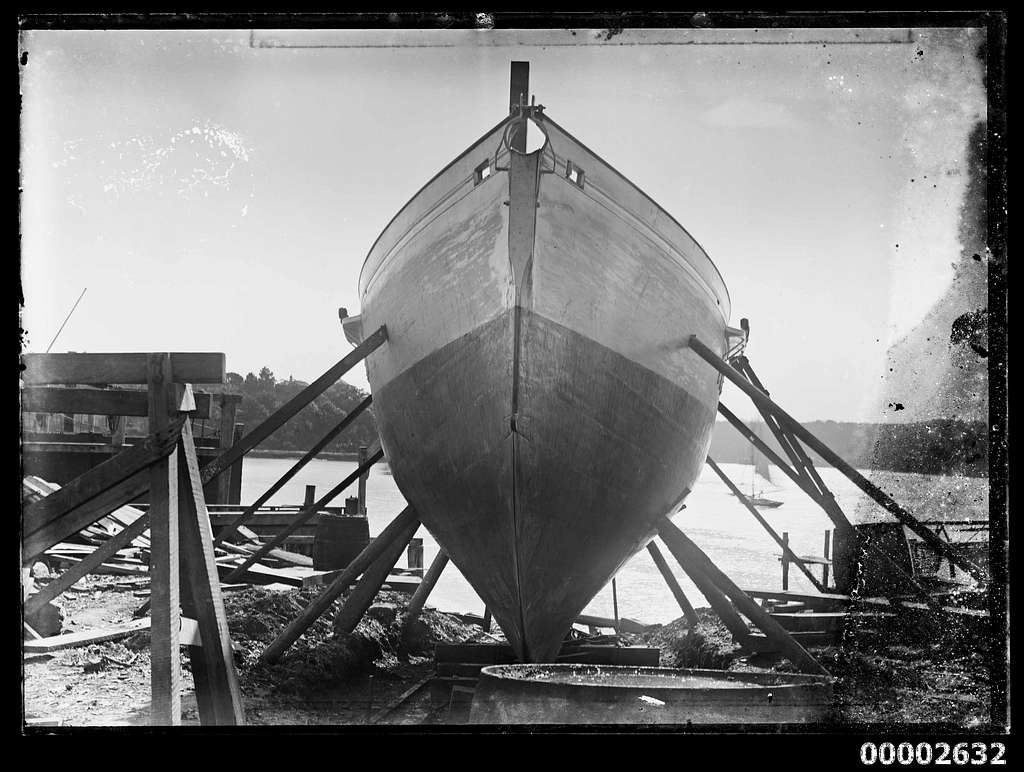Purchasing a boat can be an exciting experience, especially for newbies to the boating world.
However, it's crucial to thoroughly inspect the hull before making a purchase. The hull is the boat's foundation, and any issues with it can result in serious problems down the line.
Here are some key areas to check when assessing the hull's condition and maintenance requirements.
Gelcoat and Paint
The gelcoat is the outer layer of the hull and is responsible for protecting the fiberglass underneath.
Inspect it for cracks, blisters, or gouges. These blemishes can allow water to seep into the hull, potentially weakening its integrity.
Keep an eye out for abnormal bumps, blisters, or soft spots on the hull.
Assess the condition of any painted or coated surfaces on the hull.
Look for chipping, peeling, or signs of improper application.
The paint and bottom coating protect the hull from corrosion, so it's important to make sure they are in good condition.
Hull Integrity
Look for signs of major damage, such as large dents, deep scratches, or structural issues.
Check for repairs or patches, as they may indicate previous damage.
It's essential to ensure that the hull is in good shape and structurally sound.
Determine the type of hull material (fiberglass, aluminum, wood, etc.) and assess its condition accordingly.
Each material requires different maintenance approaches.
For example, wooden hulls may need a more in-depth inspection for rot or decay.
Examine the keel and rudder for any damage or signs of grounding in the past.
Make sure they are securely attached and properly aligned.
Issues with the keel or rudder can affect the boat's performance and safety.
Fittings and Hardware
Take a close look at all fittings and hardware on the hull, including cleats, railings, and hatches.
Check for corrosion, loose connections, or signs of poor maintenance.
Properly functioning fittings and hardware are essential for a safe boating experience.
Thru-hulls are fittings that penetrate the hull, allowing water flow in and out of the boat.
Seacocks are valves that control water flow through these fittings. Inspect them for corrosion, leaks, or improper installation.
Ensure that they are in good working condition.
Ask professional
While conducting a visual inspection is essential, it's always recommended to get a
professional survey done before purchasing a boat.
A certified marine surveyor can provide a detailed report on the hull's condition, giving you peace of mind and helping you make an informed decision.
Conclusion
By paying attention to these key areas and getting a professional survey, you can ensure that the boat's hull is in good condition and meets your expectations.
Happy sailing!
About Christian Richardson:
"I have been sailing for many years, both in cruising and regattas, and I love to share my sailing passion with others."
